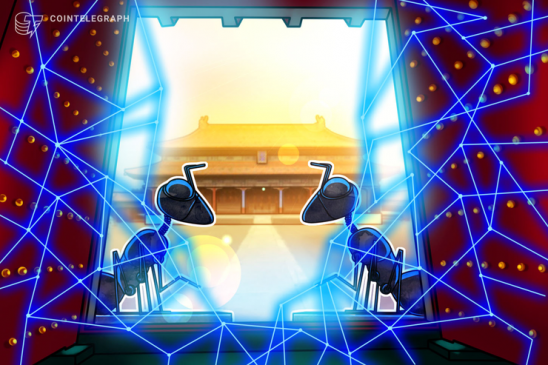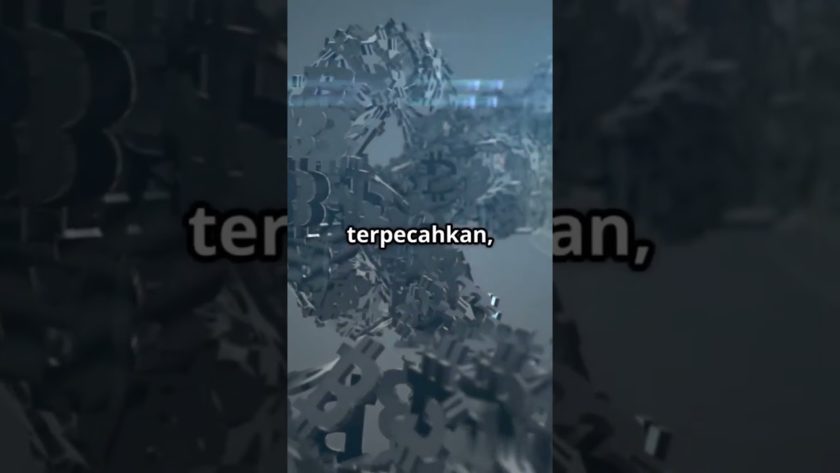China’s smart courts are reportedly applying a variety of innovative technologies including blockchain and artificial intelligence (AI) to decide on millions of legal cases.
On Dec. 5, China’s official Xinhua news agency reported that more than 3.1 million Chinese litigation activities from March to October of this year were settled through the blockchain and AI-powered smart internet courts.
Headed towards a future with AI-powered judges
In these “courts of the future” citizens are able to communicate with non-human, virtual, AI-powered judges in front of multiple screens, which negates the need for them to physically appear in court. The system also creates the possibility for citizens to receive their court decisions by text or through major messaging services.
After establishing the “world first” smart internet court in the eastern city of Hangzhou in 2017, China launched similar operations in the cities of Beijing and Guangzhou. In April, Zhang Wen, president of the Beijing Internet Court, reportedly said that the court employs technologies such as AI and blockchain to render judgment. Zhang said at the time:
“In the current use of AI as an assistant to make rulings, efficiency is prioritized over accuracy. A human judge is ultimately responsible for the fair ruling. […] But we are heading toward a future when we can see an AI judge sitting at the podium.”
According to a report released by the Supreme People’s Court, more than 1 million citizens are already registered with the smart court system, along with 73,200 lawyers.
Blockchain can legally authenticate evidence
In September of last year, China’s Supreme Court ruled that evidence authenticated with blockchain technology is binding in legal disputes. The Supreme Court declared that “Internet courts shall recognize digital data that are submitted as evidence if relevant parties collected and stored these data via blockchain with digital signatures, reliable timestamps and hash value verification or via a digital deposition platform, and can prove the authenticity of such technology used.”




